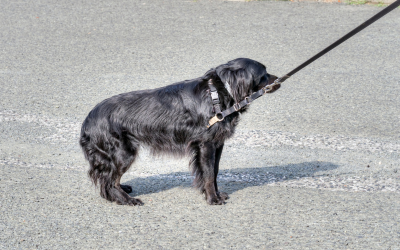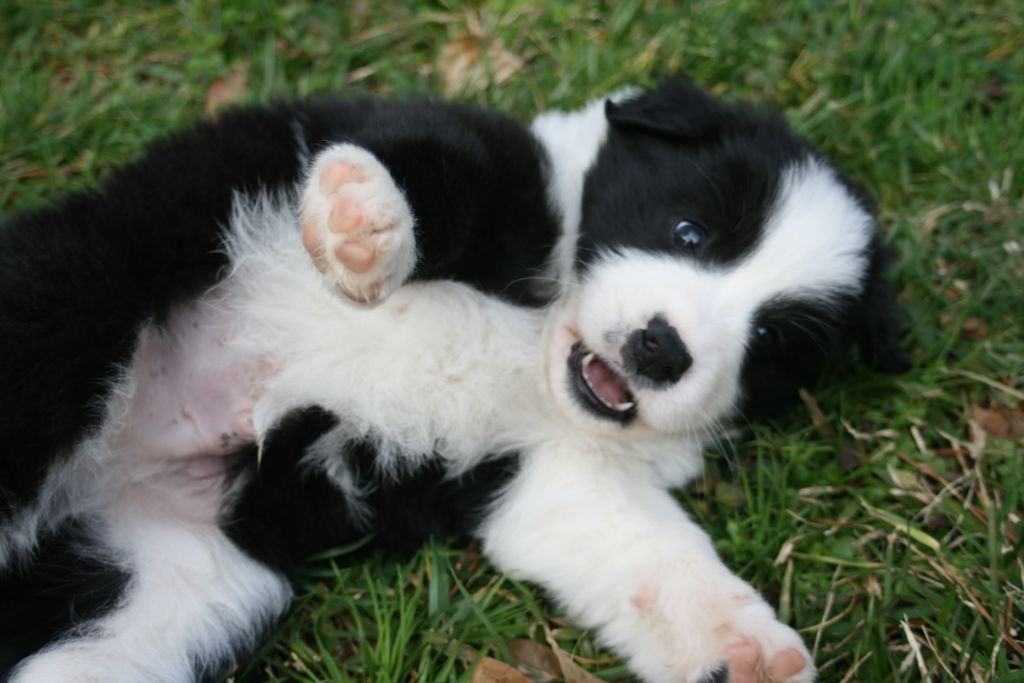10 Reasons Your Dog Stops on Walks and How to Get Moving Again
You’re just out with your dog, enjoying a walk, and then SCREECH!… 3 blocks from home, they put on the brakes and refuse to take even one step further. Why does this happen? Here are ten possibilities:
10 Reasons Dogs Stop on Walks
- Instinct to stay close to home: Especially in young dogs.
- Fear, stress, or anxiety: Dogs may stop to avoid scary things.
- Anticipating the end of the walk: They might not want the walk to end.
- Your walking/training strategy: Unintentional reinforcement of stopping behavior.
- Comfort or health issues: Including sore muscles, growing pains, or ill-fitting gear.
- Superstitious behavior: Stopping at spots where good things happened before.
- Interesting smells or sights: Like a popular “pee spot” for neighborhood dogs.
- Lack of motivation: Some dogs just don’t feel like walking.
- Over-exercise: Your dog might be tired.
- Social desires: Wanting to greet another dog or person.
10 Solutions to Get Your Dog Moving Again
- Be patient and supportive: Sit with your dog if they’re worried.
- Change your route: Reverse the usual walk or mix it up.
- Use positive reinforcement: Reward movement, not stopping.
- Practice “stay” and release cues: Turn it into a training opportunity.
- Create motivation: Briefly “leave” your dog (under supervision) to encourage following.
- Reduce pressure: Pretend to be on a phone call to take attention off the dog.
- Teach “Touch” command: Use it to encourage movement.
- Be patient: Wait for movement, then reward.
- Teach “Let’s Go” cue: Associate it with walking and reward.
- Try the leash-length game: Encourage short movements with rewards.
Tips for Success:
- Avoid constant leash pressure
- Don’t use treats to lure your dog forward
- Plan longer walks when you have time to work through stops
- Practice techniques before you need them
- Seek professional help for fear-based stopping
NEed More Help?
While free tips are great, sometimes you need a bit more. We can help with that, no matter where you are. We offer the following services to help:
If you have a dog that stops on its walks due to fear, contact us. We can work on this together.



